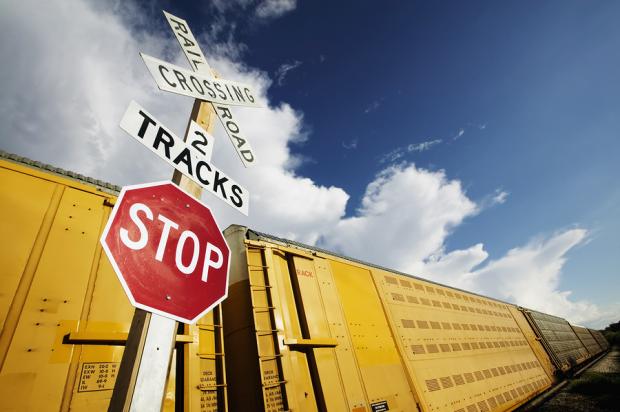Have you ever heard about the Dow Jones Transportation Average (DJT)?
It is more loosely termed the “Dow Jones Transports” by stock traders. The index is a running average of the stock prices of 20 transportation corporations.
This Dow creation is the most widely recognized gauge of the American transportation sector. Their grouping is also the oldest stock index still in use –even older than its better-known relative, the Dow Jones Industrial Average (DJI).
Co-founder Charles Dow himself created this average, all the way back on July 3rd, 1884. As a result of the dominating presence of railroads, the Transportation Average was often referred to as the “rails” in financial discussions in the early and middle part of the 20th century.

Operating behind this Dow index, there are six tenets to his “Dow Theory” of stock index price movement.
But there is only one Dow tenet I will focus on, today, in this article.
This “Dow Theory” Tenet: Stock market averages must confirm each other.
In Dow’s time, the U.S. was a growing industrial power. We had a few big population centers, but factories were scattered throughout the country. Factories had to ship their goods to market, usually by rail. Dow’s first stock averages were an index of industrial (manufacturing) companies and rail companies.
To Dow, a bull market in industrials could not occur unless the railway average rallied as well, usually first. According to this logic, if manufacturers’ profits are rising, it follows that they are producing more. If they produce more, then they have to ship more goods to consumers.
Hence, if an investor is looking for signs of health in manufacturers, he or she should look at the performance of the companies that ship their output to market, the railroads.
The two averages should be moving in the same direction. When the performance of the averages diverges, it is a warning that change is in the air.













Leave A Comment